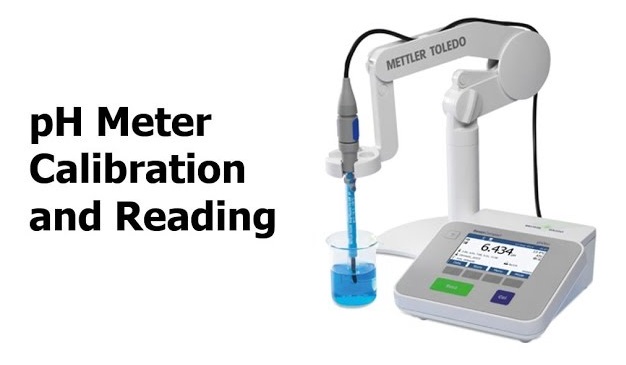Top Benefits of Professional pH Calibration Solutions

Are you a science enthusiast, a lab technician, or someone who relies on accurate pH measurements for your work or hobbies? If so, you've probably heard about the importance of pH meter calibration. Maintaining the accuracy of your pH meter is crucial, and that's where professional pH calibration solutions come into play. In this blog post, we'll dive into the world of pH meter calibration and explore the top benefits of using professional pH calibration solutions. Understanding the Basics of pH Meter Calibration Before we delve into the benefits, let's quickly recap what pH calibration entails. A pH meter is a scientific instrument used to measure the acidity or alkalinity of a liquid. To ensure accurate readings, it's essential to calibrate your pH meter regularly. Calibration involves adjusting the instrument to a known reference point, typically pH 7.0 (neutral), and sometimes additional reference points like pH 4.0 and pH 10.0. Now, let's explore why in
.png)

